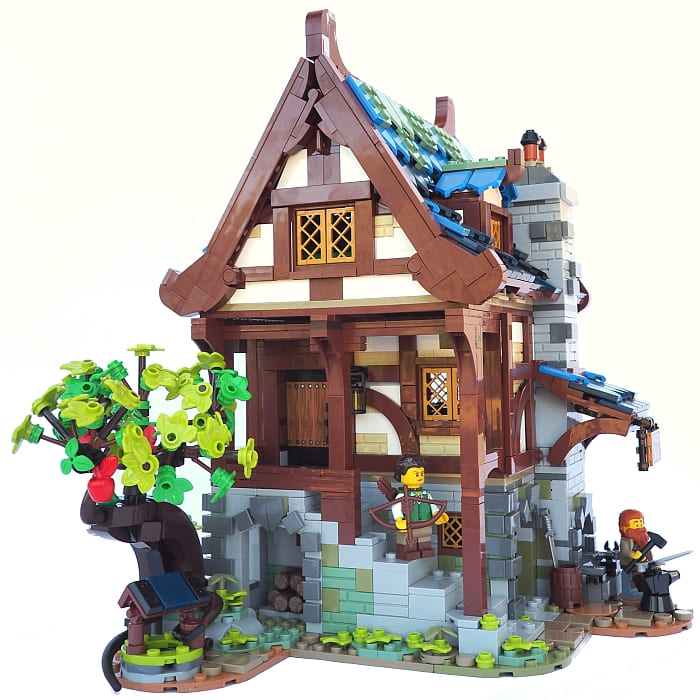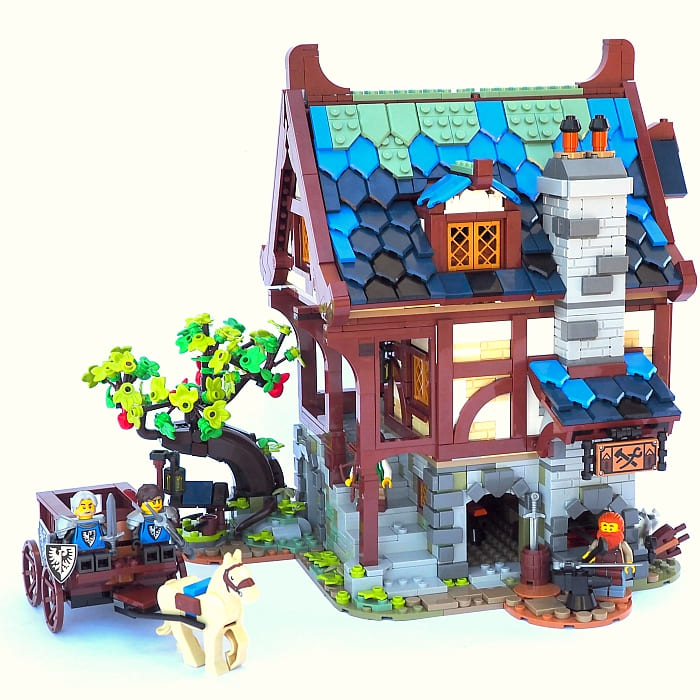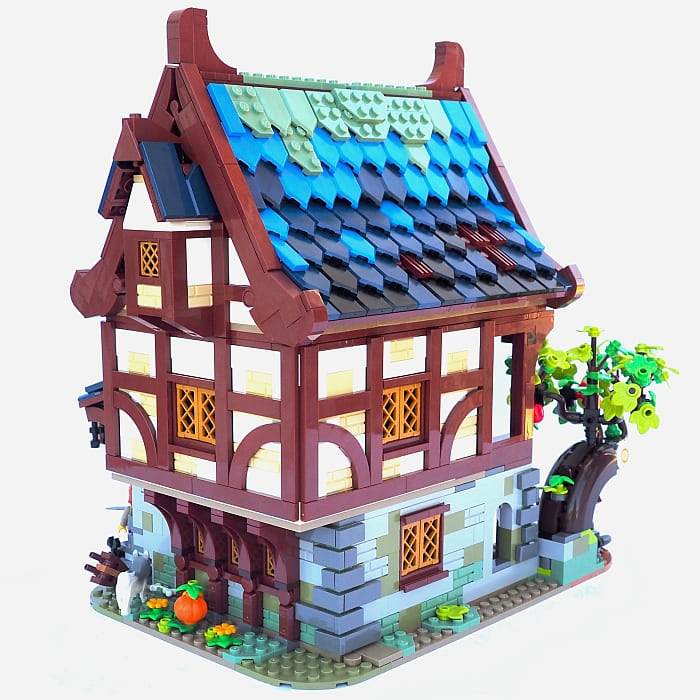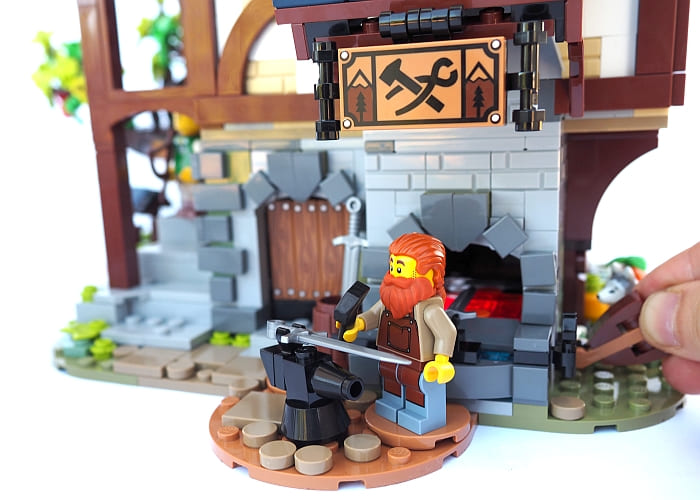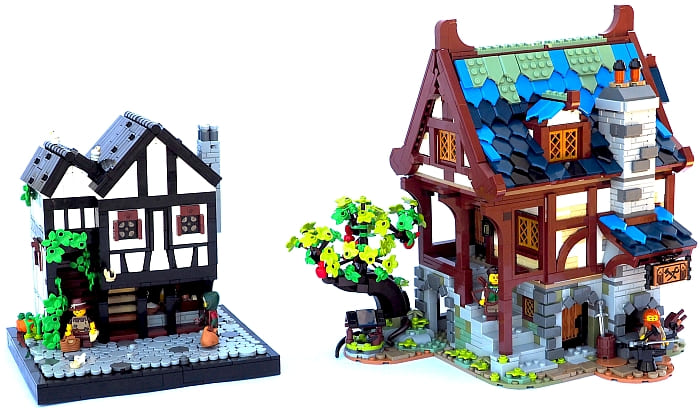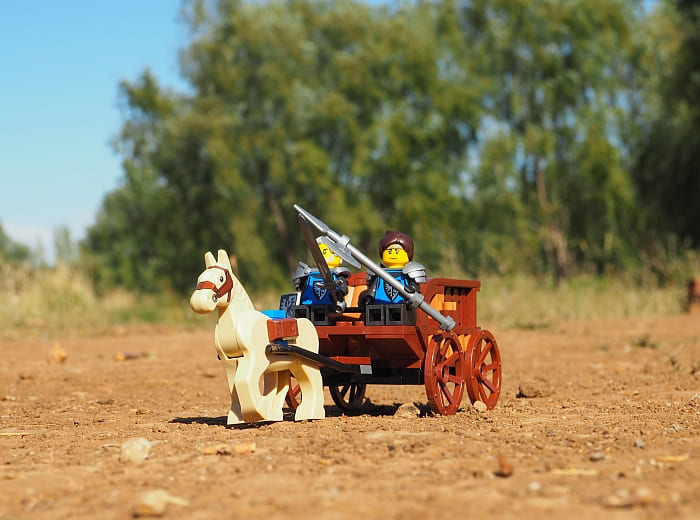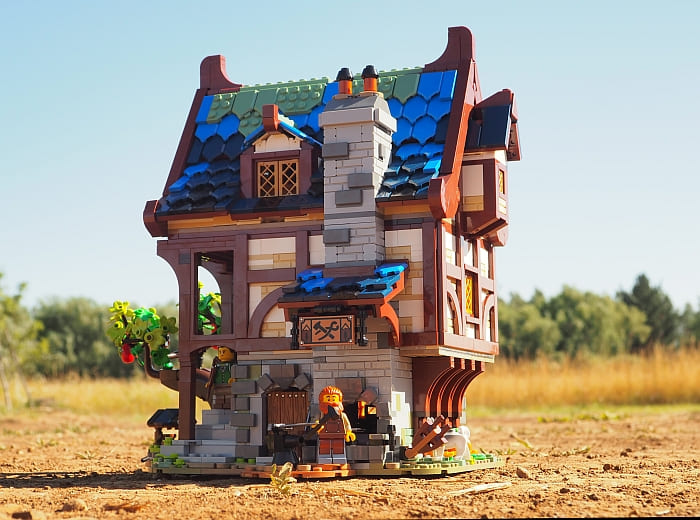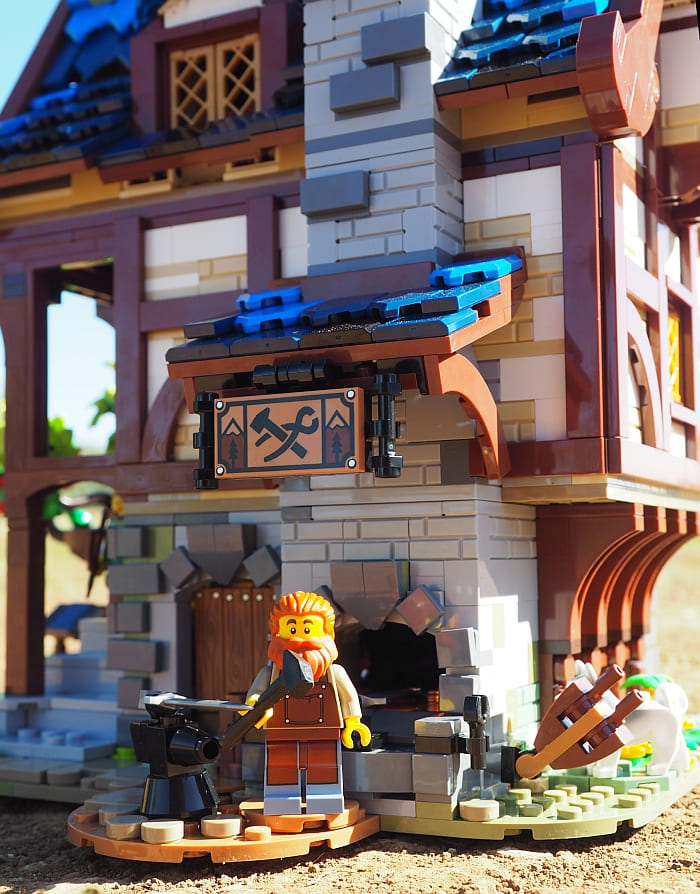You might remember that last month LEGO asked fans to help choose a classic LEGO theme to be reimagined as a single new product scheduled to be released in 2022. For the first voting round, LEGO created a list of 30 favorite classic LEGO themes, and LEGO fans had a chance to choose their three favorites (see: Vote for LEGO Classic Theme for 90th Anniversary Set!)
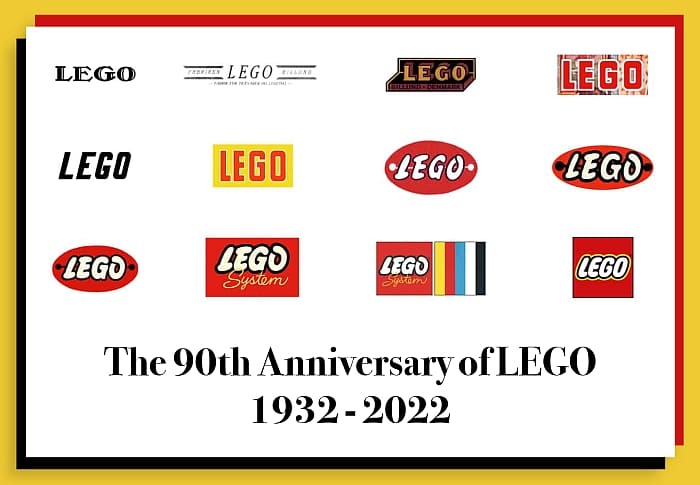
The first voting round is now over, with more than 77,000 people voting for their favorite classic LEGO themes. The LEGO Ideas team was absolutely blown away by the incredible interest and support, and they wanted to thank everyone who made their voices heard in the first fan vote.
Thank you to everyone who made their voices heard in this fan vote. We have seen every single one of your votes and comments both on LEGO Ideas and off, it’s mind-blowing how excited you all are. And we are too! – The LEGO Ideas Team
The classic themes you could choose from in the first round were as follows: Trains, Town, Classic Space, Classic Castle, Lion Knights, Black Falcons, Model Team, Forestmen, Blacktron, Black Knights, Pirates, Imperials, Space Police, M-Tron, Wolfpack, Paradisa, Dragon Knights, Ice Planet, Aquazone, Spyrius, Exploriens, Time Cruisers, Divers, Adventurers, Xtreme Team, Rock Raiders, Studios, Bionicle, Arctic, and Alpha Team. The top three voted themes were: Bionicle, Classic Space, and Pirates. You can see the full numbers for each theme below:
- Bionicle – 24,799
- Classic Space – 18,171
- Pirates – 15,884
- Trains – 14,855
- Adventurers – 13,988
- Classic Castle -12,603
- Forestmen – 8,056
- Lion Knights – 7,117
- Imperials – 7,012
- Town – 6,610
- Black Knights – 6,427
- Model Team – 6,397
- Dragon Knights – 6,334
- Space Police – 5,738
- Rock Raiders – 5,298
- Studios – 5,179
- Blacktron – 5,088
- Ice Planet – 4,503
- Black Falcons – 4,244
- Aquazone – 4,051
- M-Tron – 3,555
- Alpha Team – 2,807
- Paradisa – 2,584
- Time Cruisers – 2,234
- Wolfpack – 2,111
- Exploriens – 1,695
- Arctic – 1,620
- Divers – 1,424
Although three winners emerged, the LEGO Ideas team had seen an absolutely huge amount of support for Castle and each of the subthemes of Castle. They believe that they have made a mistake in not having all the Castle themes as just the one option to vote on in the first round. Even if you combine ‘Classic Castle’ and ‘Forestmen’ and not all of the other Castle subthemes, it pushes the number of votes up and Castle would be in the top three. This is what the results would look like with consolidated sub-themes for Castle:
- Adding up every user that cast either 1, 2, or 3 votes for Castle, that’s 33,489 users (more than double the necessary votes to make the top three).
- Adding up all of the non-fantasy castle themes, excluding Classic Castle (Lion Knights, Black Falcons, Black Knights, Forestmen, and Wolfpack) there are 20,821 users who cast a vote for at least one of these themes.
- Adding up Forestmen, Lion Knights, and Black Nights, (the three themes to succeed the Classic Yellow Castle) there are16,030 users who cast a vote, again enough to take the 3rd place position from Pirates.
Because of this, the LEGO Ideas team decided that for the second round of voting, they increase the originally planned three options to four, including Castle, as to not push out Pirates. This means that the second fan vote includes the following options: Bionicle, Classic Space, Pirates, and Castle.
We feel as though this is one of the best ways not only to honor the winners of this fan vote, but also to let the voices of 33,489 people who voted for Castle or a subtheme be heard. If we consolidated any other sub-themes together, for example ‘Classic Space’ and ‘Space Police’ or any other subtheme, it wouldn’t change the top three, and the winners. The only exception is Castle! We hope you understand why we’re changing the rules slightly, and that you’re excited to cast your final vote to help us decide which themed set to launch in 2022! – The LEGO Ideas Team
Now that all of that got sorted out, it’s time to cast your vote again amongst the top four. The second vote will close on February 10th at 11AM CEST. It’s already guaranteed that one of these four themes will be what the 90th Anniversary Set will be based on, but the LEGO Ideas team still wants to know what the most popular of the final four is! Below is the link to vote in the second round.
What do you think? Are you excited about this announcement? Which classic LEGO themes did you vote for in the first round and which one would you like to see turned into an anniversary set? Feel free to share and discuss in the comment section below!
And you might also like to check out the following related posts:


